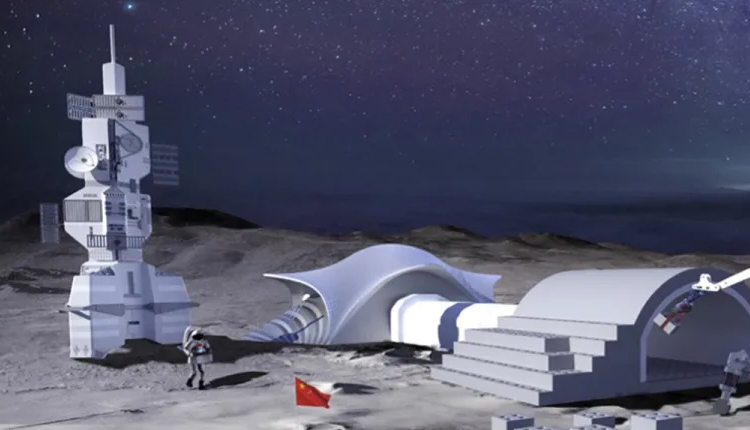Beijing: In a giant leap for extraterrestrial construction, China has successfully retrieved the world’s first “lunar solar bricks” from space after a 180-day experiment aboard the Tiangong space station, paving the way for future moon bases powered by revolutionary building materials.
The innovative bricks, developed by researchers at the China Academy of Space Technology, were exposed to the brutal environment of space – extreme temperature swings, intense radiation, cosmic rays and microgravity – to test their durability for long-term lunar habitats. Scientists revealed on Wednesday that the samples returned virtually unscathed, demonstrating negligible mass loss and retaining structural integrity.
These bricks are no ordinary construction blocks. Infused with simulated lunar soil (regolith) and embedded with solar energy conversion systems, they are designed to generate electricity while forming the very walls of future moon outposts. “This experiment proves we can build self-sustaining, energy-producing habitats on the moon,” a proud project lead stated.
Launched in May aboard the Tianzhou-8 cargo spacecraft, the bricks endured conditions far harsher than Earth-based tests could simulate. Their flawless return via the Shenzhou-19 crew has exhilarated China’s space community, accelerating plans for the International Lunar Research Station programme in collaboration with Russia.
As Beijing eyes a crewed moon landing by 2030, these solar bricks could revolutionise off-world architecture – turning lunar dust into power-generating homes.


